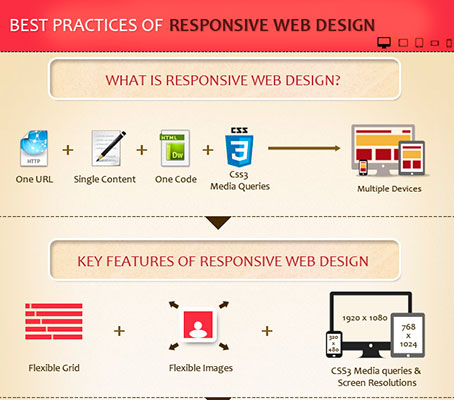The Advancement Of Site Design: From Past To Present
The Advancement Of Site Design: From Past To Present
Blog Article
Post Developed By-Monroe Wren
In the past, websites were basic and concentrated on info. Navigating was direct, and layout was for desktops. Now, individual experience is crucial. Data overviews designs for simple navigation. Responsive formats match different gadgets. Today, dark setting lowers strain, and minimal food selections improve navigating. Interactive attributes engage customers, and strong visuals stand apart. AI combination increases interaction. See exactly how design has actually progressed to enhance your on-line trip.
Early Days of Web Design
In the early days of website design, simpleness reigned supreme. https://emarketingwebsite06395.thenerdsblog.com/35481064/improve-your-online-visibility-with-proficient-web-design-strategies were fundamental, with limited colors, font styles, and designs. The emphasis was on providing info as opposed to flashy visuals. Users accessed the web with slow dial-up connections, so speed and capability were essential.
Navigation food selections were straightforward, usually situated at the top or side of the web page. Internet sites were created for desktop, as mobile surfing had not been yet common. https://www.greaterkashmir.com/tech/5-digital-marketing-strategies-to-drive-more-sales was king, and developers prioritized very easy readability over complex layout components.
HTML was the key coding language used, and designers had to work within its restrictions. Animations and interactive features were marginal contrasted to today's standards. Web sites were fixed, with little dynamic material or individualized customer experiences.
Surge of User-Focused Layout
With the advancement of internet site style, a shift in the direction of user-focused design principles has actually become significantly popular. Today, developing web sites that focus on user experience is important for engaging site visitors and achieving organization objectives. User-focused style entails understanding the requirements, choices, and actions of your target audience to tailor the website's design, material, and features as necessary.
Designers currently perform complete study, such as user surveys and functionality testing, to gather insights and responses straight from customers. This data-driven strategy aids in producing intuitive navigating, clear calls-to-action, and aesthetically attractive interfaces that reverberate with site visitors. By placing the user at the facility of the design procedure, web sites can supply a much more customized and delightful experience.
Responsive design has additionally become a vital element of user-focused design, making certain that websites are maximized for various devices and display dimensions. This flexibility boosts ease of access and functionality, satisfying the varied means users engage with internet sites today. Essentially, the rise of user-focused layout indicates a shift towards developing electronic experiences that prioritize the requirements and assumptions of the end user.
Modern Trends in Website Design
Discover the most up to date trends forming website design today. One prominent fad is dark setting layout, using a streamlined and modern-day look while reducing eye strain in low-light settings. An additional vital fad is minimalist navigation, simplifying food selections and enhancing user experience by concentrating on essential elements. Incorporating micro-interactions, such as animated buttons or scrolling results, can create a more appealing and interactive website. Receptive layout continues to be crucial, making certain seamless customer experiences across numerous tools. Additionally, making use of bold typography and asymmetrical designs can include visual rate of interest and accentuate particular web content.
Incorporating AI innovation, like chatbots for client support or personalized suggestions, boosts individual interaction and streamlines procedures. Availability has likewise come to be a substantial trend, with designers prioritizing inclusive design techniques to accommodate diverse customer demands. Embracing sustainability by optimizing website efficiency for speed and effectiveness is one more emerging fad in web design. Collaborating with customer responses and data analytics to repeat and enhance style continually is necessary for remaining relevant in the ever-evolving digital landscape. By welcoming these contemporary patterns, you can create a visually enticing, user-friendly internet site that resonates with your target market.
Final thought
As you assess the advancement of site layout from the very early days to currently, you can see how user-focused style has become the driving force behind contemporary trends.
Embrace https://define-content-marketing49506.theisblog.com/30074179/wanting-to-enhance-your-brand-s-visibility-on-the-internet-reveal-the-trick-to-accomplishing-success-in-electronic-advertising-via-expert-solutions-that-can-revolutionize-your-company of modification and adjustment in web design, always maintaining the individual experience at the center.
Stay present with the current trends and modern technologies, and never ever stop evolving your strategy to create aesthetically magnificent and user-friendly web sites.
Advance, adjust, and create - the future of web design is in your hands.
